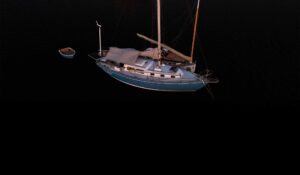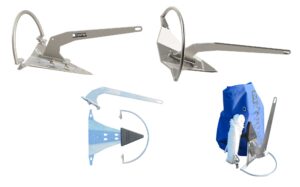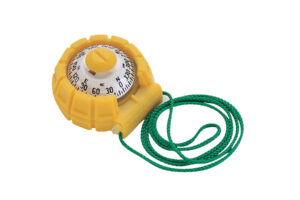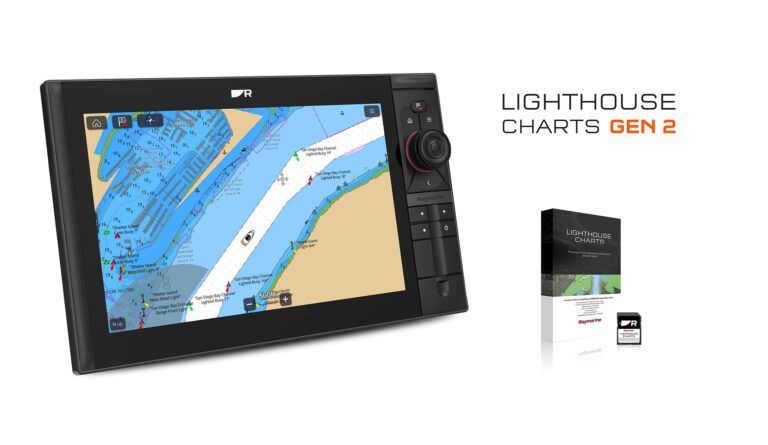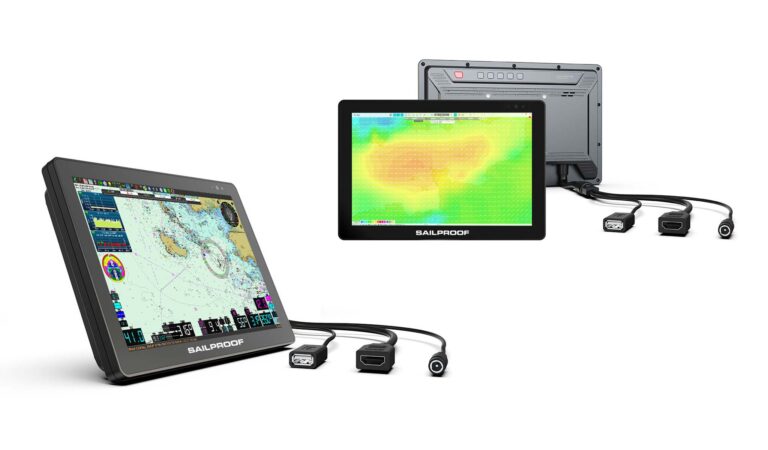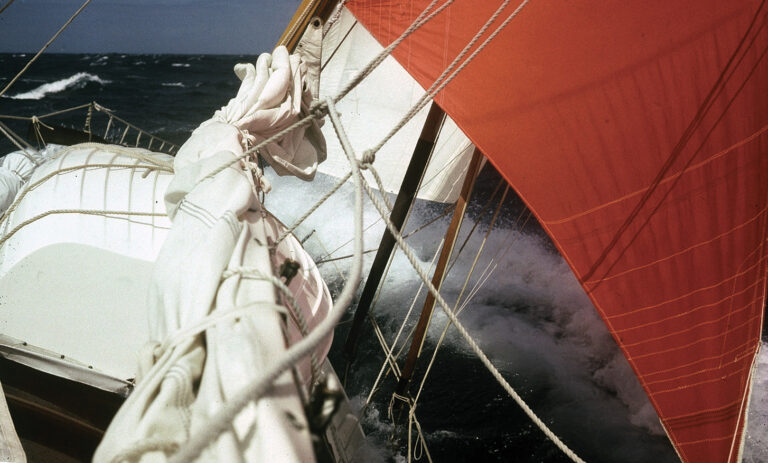
Strops, grommets and shackles made from rope were found on every sailing ship for hundreds of years. The making of them was part of the sailor’s craft and their uses were legion. By the time commercial sailing went the way of the dodo, though, much of the ropecraft that held the square-riggers together had already dwindled away. In its place came metal wire and metal shackles, and for generations there was no real alternative to these. Not that we leisure sailors really cared—wire and steel did a fine job as far as we were concerned, and you don’t miss what you’ve never had.

All that changed with the arrival of high-modulus line. At the highest end, PBO, Kevlar and carbon fiber standing and running rigging adorns grand prix boats, but the most affordable of these hi-tech lines is Ultra High Molecular Weight Polyethylene (UHMWPE)—or Dyneema. Imagine a length of ½in line that can lift a 50ft cruising boat. That’s the strength of Dyneema. An equivalent wire rope would be three times as thick, and a top-quality stainless steel shackle with a ½in pin would have less than half the breaking strength.
Racing sailors gratefully ditched wire halyards and even standing rigging in favor of stronger and lighter modern fiber rope, and it wasn’t long before enterprising sailors found a way to use Dyneema to reduce or eliminate entirely the number of metal shackles on their boats: enter the soft shackle, 21st century style, as useful on a cruising boat as it is on a racer.

Soft shackles are simple affairs, basically a fiber strop with an eye splice at one end and a stopper knot at the other. They are typically made from lengths of 12-strand Dyneema SK75 or SK78. (The only difference is that the latter fiber has less tendency to “creep,” or permanently elongate over time under load.) You can either purchase them ready-made, or buy the line and make them up yourself. Single braid 12-strand Dyneema line is produced by most ropemakers (see below) and is easy to splice and work with; however, Dyneema’s slipperiness does not make for secure knot-tying, and when soft shackles fail it is almost always at the most critical element, the diamond knot that’s pushed through the loop. This knot takes some practice to get right and typically needs to be set with a winch. Properly made, though, it will exceed the rated breaking strength of the line. Various alternatives to the diamond knot have been developed, and indeed there are a few different ways of making soft shackles; you’ll find plenty of guidance online.

The more you look around your boat, the more uses you’ll find for soft shackles and rope strops. A soft shackle can handle just about every function performed by a metal shackle, in many cases better. Soft shackles articulate better, don’t rattle around when not under load, don’t chew up toerails or beat up masts and decks, don’t hurt when they whack you on the head, are easier to undo and don’t have pins that fall overboard at a critical moment.

Here are some everyday uses for soft shackles and strops:
- You can use them instead of snapshackles to secure halyards to sails.
- Quickly and easily attach blocks to toerail slots or deck padeyes.
- If you eye-splice the ends of your jib sheets, you can attach them to the clew ring with a soft shackle to eliminate the problem of bowlines hanging up on the shrouds while tacking.
- A soft shackle attached to the toerail amidships can be used as a “soft cleat” for spring lines if your boat lacks midship cleats.
- A soft shackle is ideal for attaching a snubber line to anchor chain—unlike a chain hook, it will never fall off.
- Soft shackles can be used in place of metal hanks to attach a sail to a stay—especially useful if you have a Dyneema storm jib stay.

Dyneema is a low-friction fiber, so braided polyester line will run easily through soft shackles, meaning you can often get away without using blocks for applications such as preventer lines.
There is still a place for metal shackles on board, especially where chafe might be a factor—for instance, even though Dyneema is quite abrasion-resistant, I still wouldn’t trust a fiber shackle in place of a galvanized iron or stainless steel anchor shackle. As with any element of a boat’s rigging, regular inspection is important. Still, I’ve happily relegated my box of assorted stainless shackles to the basement in favor of a handful of soft shackles that take up little room and weigh nothing.

RESOURCES
SOFT SHACKLES
APS apsltd.com
Colligo Marine colligomarine.com
Equiplite equiplite.com
FSE Robline ronstan.com
Windblown Products windblownproducts.com
DYNEEMA LINE
Colligo Marine colligomarine.com
Marlow Ropes (D12) marlowropes.com
New England Ropes (HTS-78) neropes.com
Samson Ropes (Amsteel) samsonrope.com
Yale Cordage (Ultrex) yalecordage.com
March 2016

